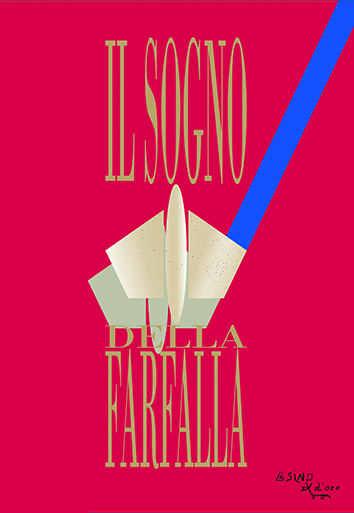Reason has no colour: hypotheses on cromophobia
Abstract
Stemming from an analysis of a case study this research proposes to study a symptomatology where the sight of colour provokes anguish, known in literature as chromophobia, in order to allow us to develop the correct nosography and to identify the underlying psychic dynamics. The immediacy with which an unaltered perception in itself can be given an abnormal meaning to the point of becoming a terrible anguish brings us to consider chromophobia as an example of delusional perception and as such falling within the psychotic syndromes. As far as the object perceived is concerned, that is colour, it is worth noting that Western thought views it as negative for a twofold reason. Religious dogma views colour as dangerous given that it is alien to man, belonging to the body of another who is different from oneself and as such it has been given female, infantile, primitive or pathological attributes. Rationalist thought has, on the other hand, underestimated the importance of colour viewing it as superficial, supplementary and not warranting serious study. Colour has always been subordinate to the drawn figure. Both these approaches have proposed a dichotomy between line and colour attributing the former to the world of rationality and the latter to the non-conscious world. This splitting, according to the authors, can be overcome only if we consider that in the theory of birth the ego is not split at its origin and as such neither is perception. Line and colour therefore are connected to birth and the first year of life.


